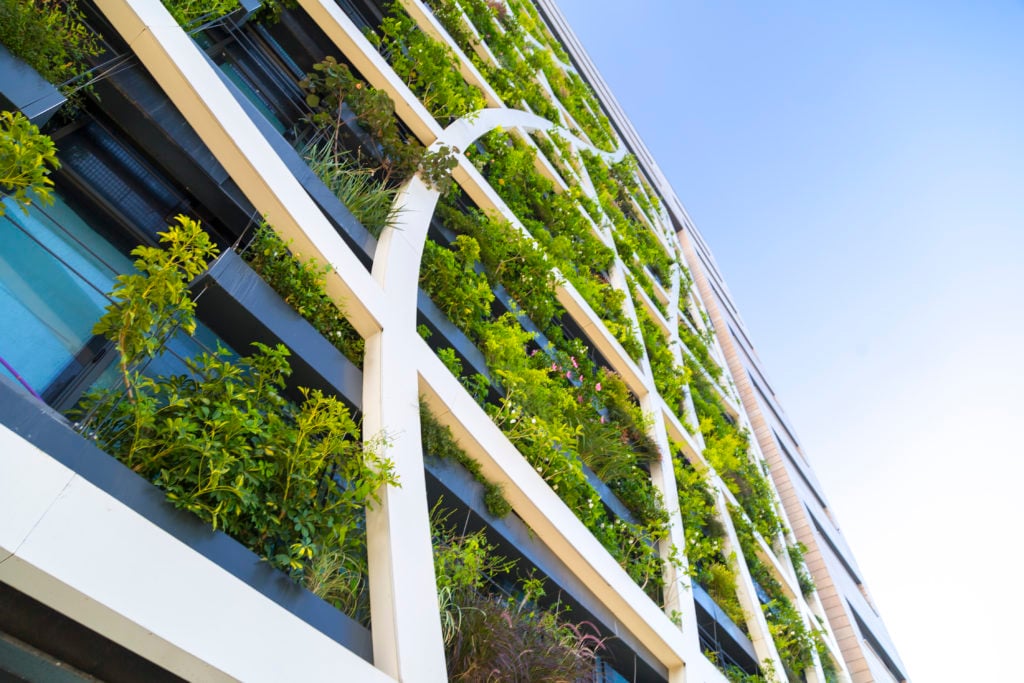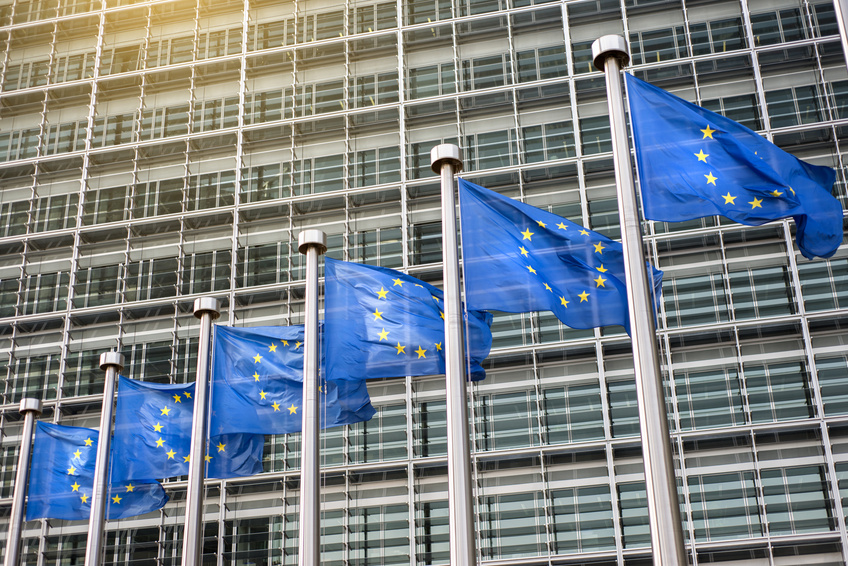Imports of products in carbon-intensive industries outside the EU will soon be regulated by the Carbon Border Adjustment Mechanism
On 13 December 2022, a provisional agreement has been reached between the EU Council and the European Parliament on the Carbon Border Adjustment Mechanism (“CBAM”). This mechanism will be set up to align the price of carbon for EU products covered by the EU Emission Trading Scheme (“ETS”) with the price of carbon for imported goods from outside the EU. CBAM will contribute to ensure that the climate efforts of the EU are not undermined by shifting EU production to countries with less ambitious climate ambitions. As summarized by the Minister of Industry and Trade of Czechia, Jozef Síkela: “The Carbon Border Adjustment Mechanism is a key part of our climate action. This mechanism promotes the import of goods by non-EU businesses into the EU which fulfil the high climate standards applicable in the 27 EU member states. This will ensure a balanced treatment of such imports and is designed to encourage our partners in the world to join the EU’s climate efforts.”. We also refer to our previous alert that discussed the initial proposal by the European Commission on CBAM.
How does CBAM work?
CBAM targets imports of products in carbon-intensive industries, such as iron and steel, cement, fertilisers, aluminium and electricity, as well as some precursors and hydrogen later on. A limited number of derived products will also be included, such as screws and bolts and similar products made of steel or iron. Indirect emissions would also be included in the regulation, with the necessary conditions. The EU Commission will – after a transition period that aims to collect data for the purpose of full implementation – determine whether the scope should be extended to other goods at risk of carbon leakage, including organic chemicals and polymers. The ultimate goal is to include all goods currently covered by the ETS.
To reach alignment of the price of carbon for EU products with imported goods, companies importing into the EU will be required to buy CBAM certificates to pay the difference between the carbon price paid in the country of production and the price of carbon allowances in the EU-ETS. This mechanism will stimulate countries outside the EU to increase their climate ambitions to the level of the EU, since companies in countries with similar climate policies as the EU, will not have to buy CBAM certificates to export their goods to the EU. The EU does recognize however that further work is also required to prevent carbon leakage on exports, perhaps this may indicate that CBAM will at a point also apply to certain exports.
What to expect when?
CBAM is an essential part of the ‘Fit for 55’ package of the EU; a set of proposals to revise and update existing EU laws to make sure the EU policies are in line with the EU climate goals. The main goal of Fit for 55 is to reduce net greenhouse gas emissions by at least 55% by 2030. Due to this, there are a lot of things to consider before CBAM can be implemented. Jozef Síkela explains: “This provisional agreement is dependent on some aspects which are relevant for CBAM but need to be spelled out in other pieces of legislation on which negotiations are still ongoing. CBAM regulation can be formally adopted once the elements relevant for CBAM are resolved in other related dossiers.” We assume that by this, Síkela means other parts of the Fit for 55 package, such as changes to the current EU ETS. Agreement on this subject matter was reached on 18 December 2022. Also, the agreement needs to be confirmed and adopted by ambassadors of the EU member states and the European Parliament, before it is final. Considering recent agreement on the expansion of the scope of EU ETS, we expect a final CBAM proposal to be published on short notice.
Under the provisional agreement, CBAM will begin to operate from October 2023 onwards. First, there will be a transition period, during which the obligation of the importing companies will be limited to reporting obligations. The aim for this period is to collect data. Before the end of the transition period, the Commission will review whether the scope of CBAM should be expanded as mentioned earlier. After, the full CBAM will kick in gradually, in parallel to a phasing out of the free allowances under the revised ETS for sectors concerned, to avoid double protection for EU industries. This will ensure compatibility of CBAM with the rules of the World Trade Organisation.
We are monitoring developments concerning CBAM closely. In case you have any concerns or questions about what CBAM may mean for your business, please contact your key Baker contact or the writers of this blog. In addition, we will provide you with an update once the final version of the provisional agreement CBAM is published. This will contain further detail on the proposal, pointing out material differences compared to previous versions of the proposal.






